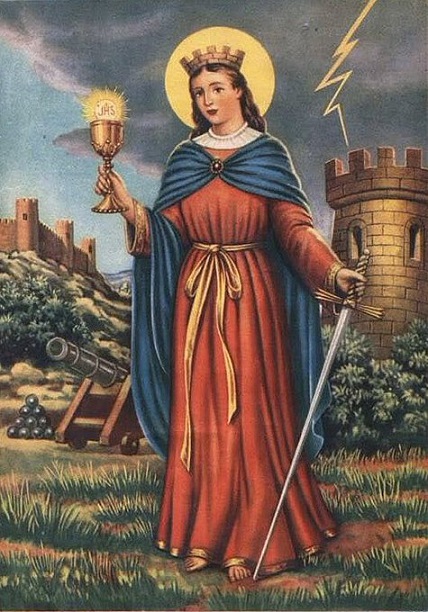
(Catholic Online) Barbara was the daughter to a wealthy pagan named Dioscorus, after the death of her mother, Dioscorus dedicated himself to his only daughter. Barbara was known for her beauty and as a way of protecting his daughter, Dioscorus shielded her from the world, locking her high up in a tower, he would only permit pagan teachers to see her.
Barbara would spend her days gazing upon the hills and admiring God’s splendor of creation, she would often ponder about God and the harmonious world and soon began to realize the idols which her father and teachers worshiped were not of God’s creation. Barbara secretly became a Christian and dedicated herself to knowing the One and only true God of creation and consecrated to the Lord her virginity. As Barbara grew older, her father Dioscorus began presenting her to men for marriage, she refused them all and warned her father that his persistence could forever damage their relationship.
Dioscorus permitted Barbara to leave her room in the tower, hoping that some freedom would change her attitude to his chosen suitors. Barbara however took this opportunity to meet other Christians, that taught her about the Lord, Christ Jesus, the Holy Trinity and the Church, a Priest disguised as a merchant baptized Barbara (See: Mark 16:15-16) into Christ Jesus and His Holy Church.
While Barbara was out exploring the world, her father Dioscorus has a private bath house built for her, this bath house became a place of healing power, many miracles would occur there. After Barbara returned from her travels, she informed her father that she had become a Christian, was baptized and would no longer worship any of his idols. Full of anger and rage, Dioscorus grabbed his sword but before he could hurt her, Barbara ran off, Dioscorus searched and searched for his daughter but could not find her.
Dioscorus came upon two shepherds, asking them if they had seen his daughter? The first denied seeing her, the second however betrayed Barbara, Dioscorus subsequently would beat his daughter, locked her away and would starve her before handing Barbara over to Martianus, a city authority, together they would beat Barbara, demanding that she renounce Jesus and her Christian faith but she refused and prayed that God would heal her wounds.
Miraculously Barbara’s were healed and Christ Jesus gave to her the strength and courage to stand firm in her faith. This would only enrage Maritianus, who subsequently would torture Barbara and another Christian woman named Juliana with rakes and hooks, then led them naked throughout the city.
Barbara would pray to Jesus, an Angel of God appeared and would cover the two women with robes, torches that were lit to burn Barbara would go out when they would come near her. Finally Barbara was condemned to death by beheading by her father, for failing to renounce Jesus, her martyrdom took place on this date during the third century.
Both Dioscorus and Martianus were struck by lightning and killed, this would be seen as punishment from God for their actions.
- Jesus: “Do not fear those who kill the body but can not kill the soul, rather fear Him (Almighty God) who can destroy both soul and body in Hell.” –Matthew 10:28
More here from Lives of the Saint’s.com
Related: Why Do Catholic’s Seek the Intercession of Saint’s?
How Can You Become a Saint?
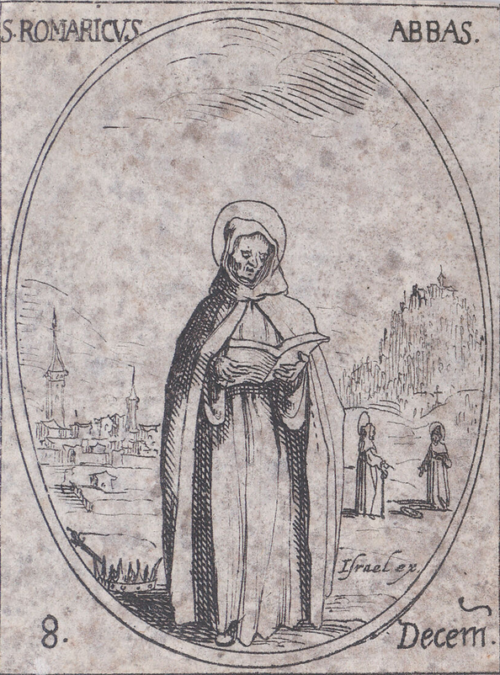 St. Romaric –Image Courtesy: The Metropolitan Museum
St. Romaric –Image Courtesy: The Metropolitan Museum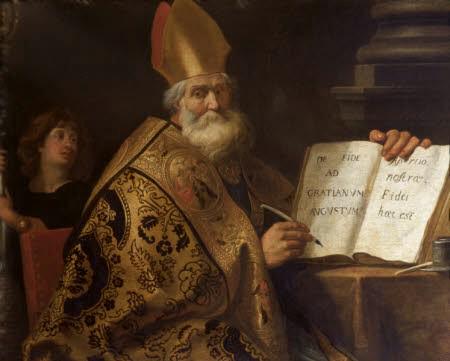 Saint Ambrose (340-397)
Saint Ambrose (340-397)
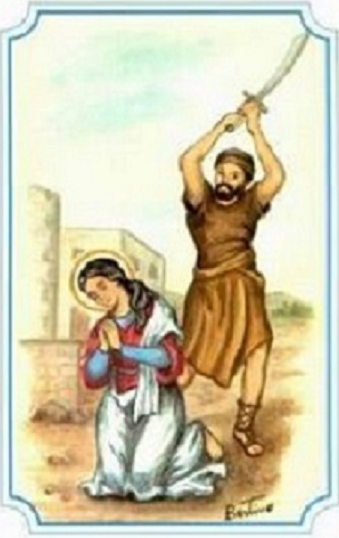

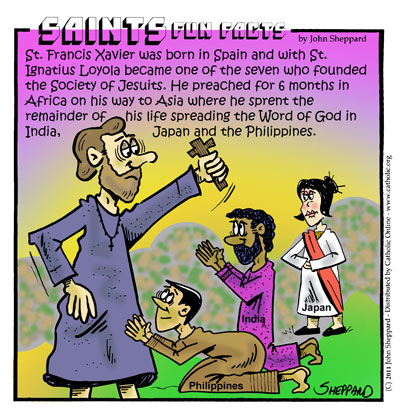 St. Francis Xavier (1506-1552)
St. Francis Xavier (1506-1552)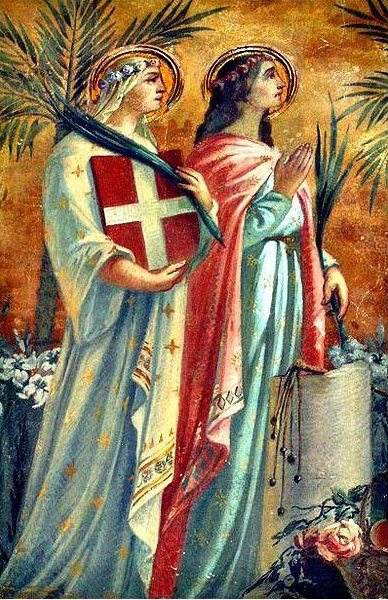 (
( At the name of Jesus every knee should bend,
At the name of Jesus every knee should bend,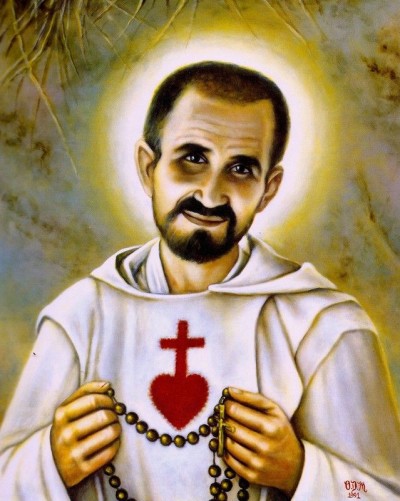 Blessed Charles de Foucauld, Martyr for Christ (1858-1916)
Blessed Charles de Foucauld, Martyr for Christ (1858-1916)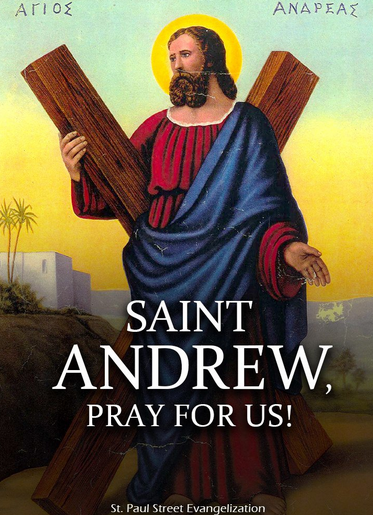 St Andrew The Apostle
St Andrew The Apostle